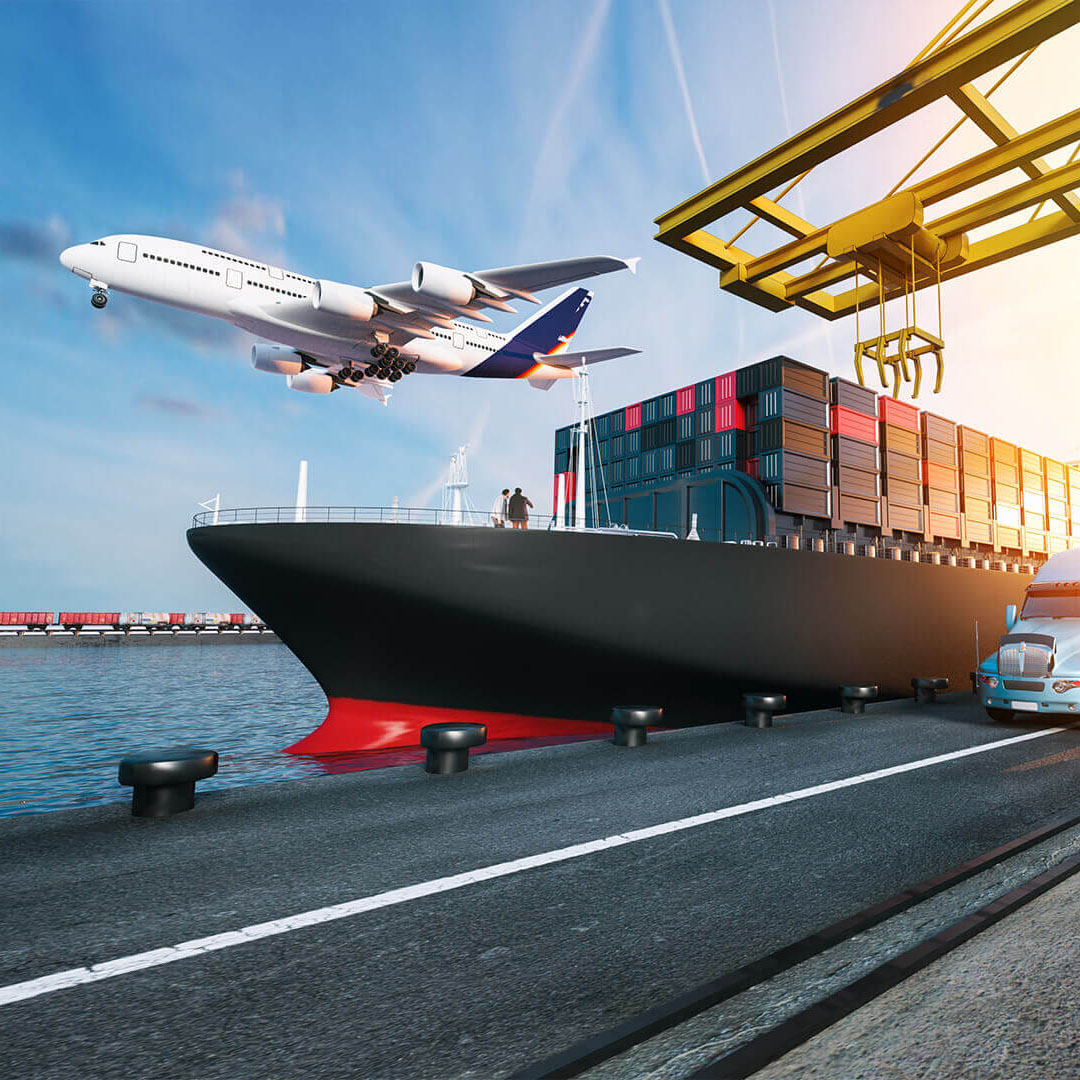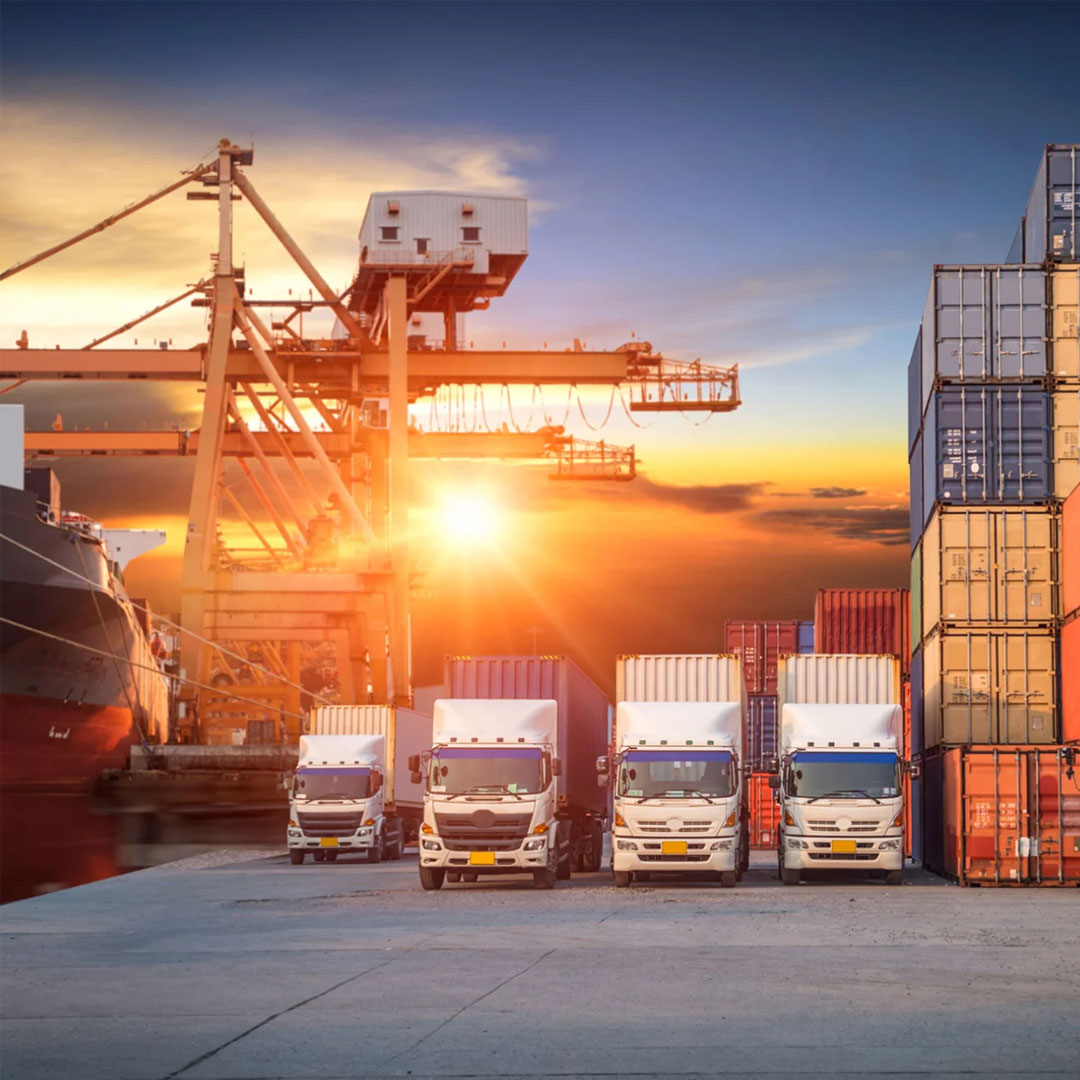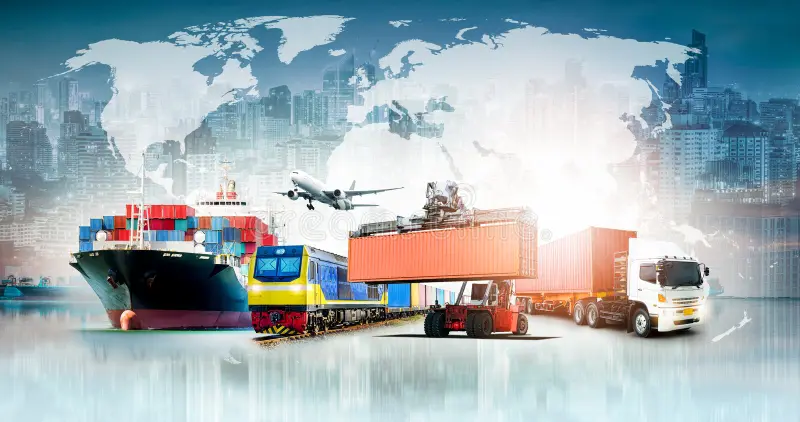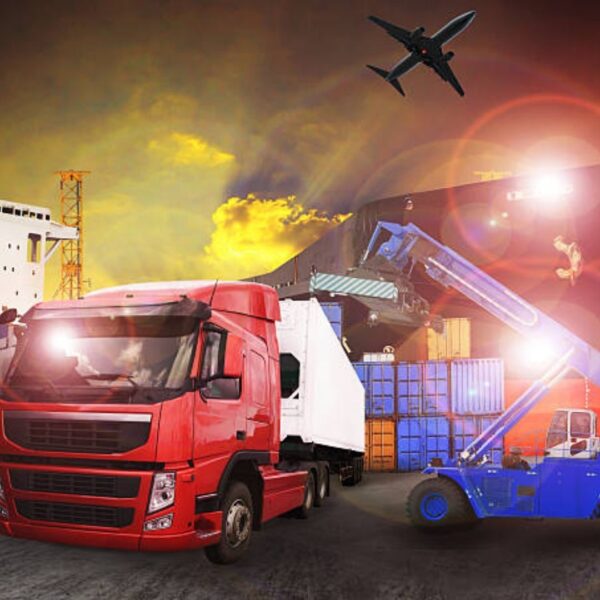Exploring Transports and Mobility
The world is constantly in motion. From the bustling city streets to the quiet countryside lanes, the concept of mobility shapes our lives. we’ll delve into the fascinating realm of transports and mobility, exploring the different modes of getting from one place to another, the evolution of transportation, and the crucial role it plays in our modern world.
The Many Faces of Mobility
When we think of mobility, the first image that comes to mind might be cars racing down the highway. However, mobility encompasses a wide array of modes of transportation, each with its own unique characteristics:
Automobiles: Cars are perhaps the most ubiquitous mode of personal transport, offering flexibility and convenience for daily commutes and leisure trips.
Bicycles: A symbol of eco-friendliness and health-conscious commuting, bicycles are a simple yet effective means of transport.
Trains: Trains are the workhorses of long-distance travel, providing efficient and comfortable journeys on both local and global scales.
Ships: Whether it’s cargo vessels carrying goods across the oceans or cruise ships offering luxurious vacations, ships connect continents and provide essential transportation links.
Aircraft: Air travel has made the world a smaller place, allowing us to traverse great distances in a matter of hours.
Public Transportation: Buses, trams, subways, and commuter trains are the backbone of urban transportation, reducing traffic congestion and promoting sustainability.
Walking: Don’t underestimate the power of walking. It’s the simplest form of mobility, and in many cities, it’s the best way to explore and appreciate your surroundings.
The Evolution of Transportation
The history of transportation is a captivating journey of human innovation. From early humans walking or using animals for transport to the development of the steam engine and the assembly line, transportation has undergone a remarkable evolution.
The 19th century brought about significant advancements with the invention of the steam locomotive, which revolutionized long-distance travel. The early 20th century saw the rise of the automobile, led by Henry Ford’s mass production techniques. This made cars affordable to the general public, forever altering our relationship with mobility.
As we entered the jet age in the mid-20th century, air travel became accessible to the masses. This innovation not only connected distant corners of the world but also reshaped the global economy. The 21st century has seen a surge in the development of electric vehicles, autonomous transportation, and high-speed rail networks, pushing the boundaries of what we once thought possible.
The Role of Transportation in Our Lives
Transportation is not just about getting from point A to point B; it influences our daily lives in numerous ways:
Economic Growth: Transportation systems are the lifeblood of commerce, enabling the movement of goods and people. Efficient transport is essential for economic growth and prosperity.
Environmental Impact: The choices we make in terms of transportation significantly affect our environment. The push for more sustainable and eco-friendly options is crucial in addressing climate change.
Cultural Exchange: Transportation fosters cultural exchange by bringing people from different backgrounds and regions together. This exchange enriches societies and broadens our understanding of the world.
Urban Development: The design of cities is heavily influenced by transportation infrastructure. Smart urban planning considers the needs of pedestrians, cyclists, and public transit users, creating more liveable cities.
Personal Freedom: Mobility grants individuals the freedom to explore, work, and connect with others. It’s a gateway to endless opportunities.
The Future of Mobility
As we stand on the precipice of a new era, the future of mobility looks promising and transformative. Here are some key trends to watch:
Electric Vehicles (EVs): EVs are becoming increasingly mainstream, offering cleaner and more sustainable options for personal transportation.
Autonomous Vehicles: Self-driving cars are on the horizon, potentially reshaping the way we think about transportation safety and convenience.
High-Speed Rail: High-speed rail networks are expanding, offering fast and efficient alternatives for long-distance travel.
Urban Mobility Solutions: Cities are exploring innovative solutions like bike-sharing programs, electric scooters, and efficient public transportation to reduce congestion and pollution.
Hyperloop: The development of hyperloop technology promises to revolutionize long-distance travel, allowing for high-speed transportation in near-vacuum tunnels.
In conclusion
Transports and mobility are essential components of our daily lives, shaping our economies, our cultures, and our individual experiences. The world in motion is an ever-evolving landscape of innovation and transformation, and as we look to the future, the possibilities are boundless. Embracing sustainability, efficiency, and accessibility will be the keys to a brighter, more connected, and more mobile world.










